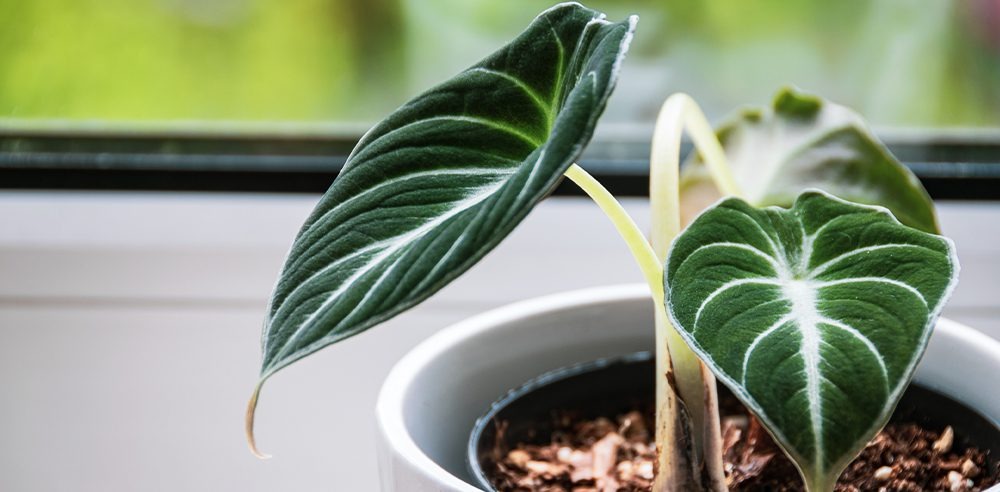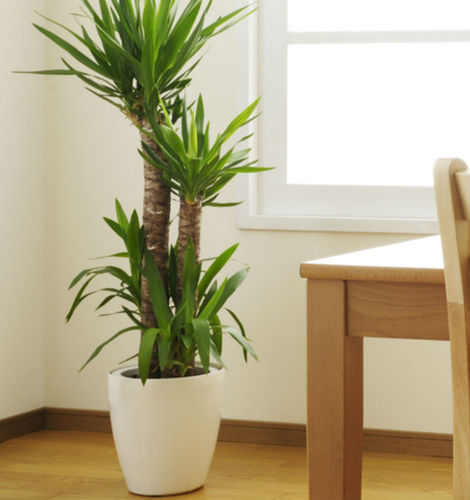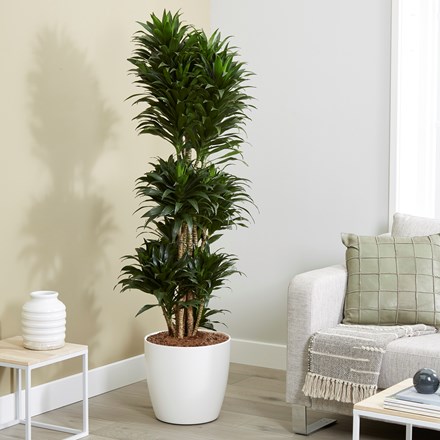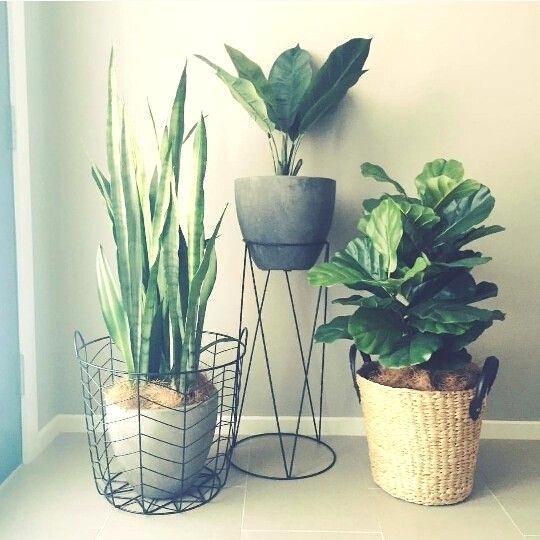


You don’t have to be an environmental psychologist to understand that plants look attractive. But dig a little deeper beneath their beauty and you’ll discover the facts – the benefits of indoor plants go far beyond the aesthetic.
Recent research has shown that indoor plants significantly improve a whole range of aspects of our indoor environment. The benefits cover a spectrum from physically cleaner air to direct beneficial effects on psychological health, task performance, illness reduction and productivity.
The findings are important since, in New Zealand over 70% of us live in urban areas, where we spend an amazing 90% of our time indoors, so the quality of the indoor environment is crucial to our wellbeing.
Recent research tells us that indoor plants are good for buildings and people in a variety of ways. Plants play a vital role in providing a pleasant and tranquil environment in which to move, work or relax. Indoor plants can also help health, wellbeing and productivity in the workplace.
Scientific studies from research in Australia and around the world, reinforces the positive effect living plants can have on the health and well being of people who work in buildings.



Copyright @ 2023 The planet greeners All Right Reserved